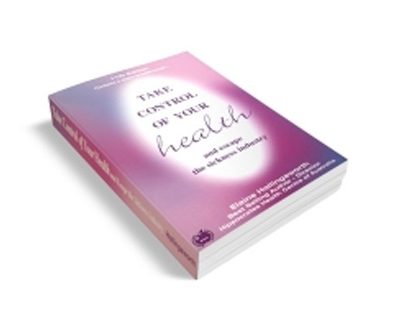
Vitamin D Deficiency Widespread
A clinical review paper published in the British Medical Journal is warning the public that widespread vitamin D deficiency is resurrecting the once-obsolete disease called rickets. According to Professor Simon Pearce and Dr. Tim Cheetham, authors of the paper, people are getting far too little sunlight exposure, which is necessary for the body to produce adequate levels of vitamin D.
Nowadays, children spend most of their time indoors staring at computer and television screens rather than playing outside in the sunlight. On the rare occasion that they venture outside, zealous parents are quick to apply UV-blocking sunscreen that prevents the sun’s useful UVB rays from penetrating the skin and producing vitamin D. The result is an epidemic of vitamin D deficiency, leading toillness and disease.
Rickets, a disease in which a person’s bones do not properly develop and harden, results when a person is getting too little vitamin D and calcium. The U.S. Recommended Daily Allowance (RDA) for vitamin D however, is a mere 400 IU.
To put this amount into perspective, however, exposure to the summer sun for about 20 minutes is enough to produce up to 20,000 IU of vitamin D in the body. Yet the fact that children are beginning to develop rickets suggests that they are not even getting 400 IU per day, an amount that should be relatively easy to attain through a few minutes in the sun every day.
In the U.K., there are several hundred cases of rickets reported every year. According to statistics, more than 50 percent of the adult population in the U.K. is deficient in vitamin D as well. During the winter and spring months, more than 15 percent experience severe deficiency.
Researchers suggest that people with darker skin pigmentation are at a higher risk for rickets because they do not assimilate vitamin D from the sun’s UVB rays as easily as those with lighter skin.
Hippocrates Natural Vitamin D3 is available.




